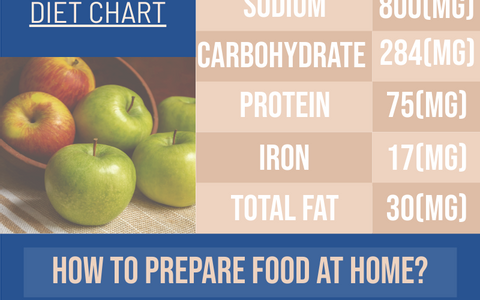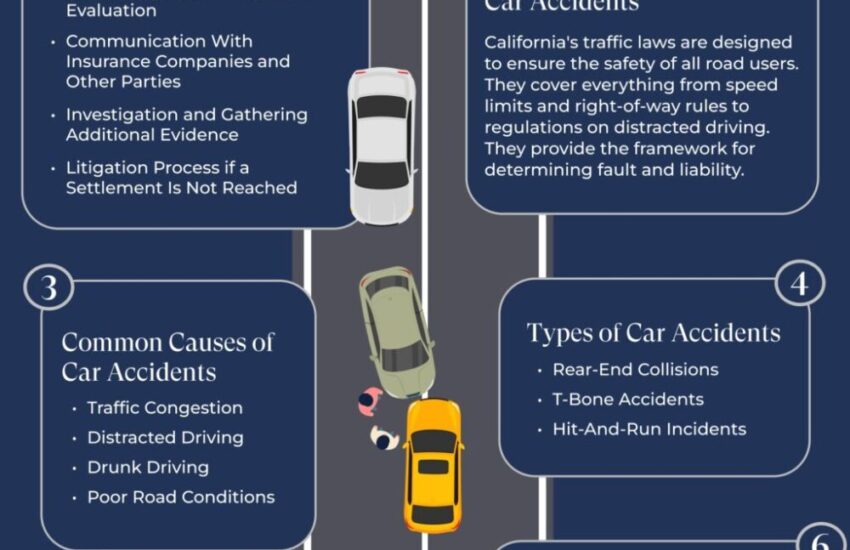You have a string of deliveries set for various destinations in the Philippines, and you’re torn between shipping them as air freight or sea freight. Part of you may wonder if the difference really matters, especially next to more obvious concerns like meeting production quotas and catering to customer feedback. Their only differences are in the speed of shipments and the type of transportation used, right?
However, your choice of freight forwarding mode can spell the difference between efficient operations and wasted company resources. Did you know that sea freight and air freight are charged according to different standards, for example? Or that one of these freight forwarding options presents less risks of your goods taking damage? This means you’ll need to figure out when to choose air freight and when to choose sea freight.
To help you decide how you’ll be shipping your products, here’s an infographic explaining 6 key differences between air freight and sea freight. Aside from pricing schemes, you can read comparisons regarding the range, reliability, and sustainability of these two freight forwarding solutions. This guide also includes expert tips to help you make the most of either mode of shipment. You’ll want to bookmark this infographic as a reference for your future deliveries!
![]()











